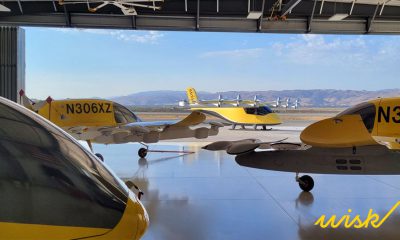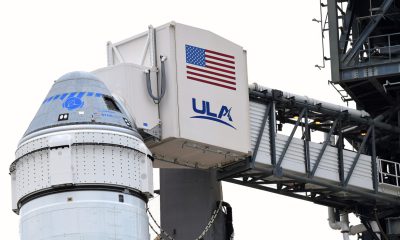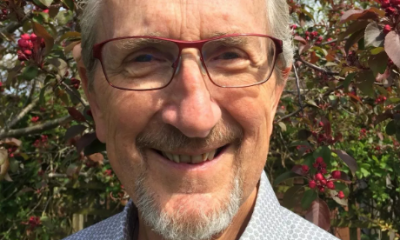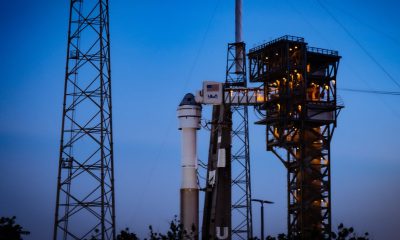Boeing
Boeing’s Starliner astronaut capsule is en route to the ISS
Boeing’s Starliner spacecraft is officially on its way to the International Space Station, marking a historic first for the long-delayed astronaut transportation program. Inside the spacecraft are two NASA astronauts — spaceflight veterans Butch Wilmore and Suni Williams — who are set to arrive to the station on Thursday.
The spacecraft lifted off at 10:55 a.m. ET from NASA’s Kennedy Space Center aboard an Atlas V rocket from United Launch Alliance (a Boeing-Lockheed Martin joint venture). The lift-off comes after a string of delays that pushed the mission back by nearly a month, first due to issues with the Atlas rocket and later due to a problem with one of the three ground computers responsible for the launch countdown.
While there are more milestones Starliner must hit before Boeing and NASA can call the mission a success — docking to the ISS and eventually returning the astronauts back to Earth — it’s still a historic leap forward for the aerospace giant’s long delayed astronaut transportation program.
If all goes to plan, Boeing will become NASA’s second astronaut transportation provider, joining Elon Musk’s SpaceX. Both companies were awarded multi-billion-dollar NASA contracts to develop a crewed taxi service a decade ago, but Boeing’s program has been beset by technical delays that have run the company more than $1.5 billion over budget. Boeing did execute a successful uncrewed mission to the ISS in May 2022, but this is the first time the spacecraft has carried humans.
While Boeing has struggled, SpaceX has soared: Using its Crew Dragon capsule, SpaceX has been providing astronaut transportation to and from the ISS since 2020.
Wilmore and Williams will make an around 26-hour journey to the ISS, with an anticipated arrival at around 12:15 p.m. EST Thursday. During their journey, they’ll perform a handful of flight test objectives to support Strainer’s certification for regular missions. They’ll need to demonstrate the performance of crew equipment from prelaunch to ascent, and assess Starliner’s thrust performance, test navigation systems, conduct communication checkouts, and evaluate life support systems.

Even after Starliner autonomously docks to the station and the crew are onboard the ISS, the two astronauts will perform even more evaluations of the spacecraft’s performance, including determining whether it can perform as a “safe haven” for astronauts in the unlikely event of an issue aboard the space station.
Wilmore and Williams will remain onboard the station for around a week before reboarding the spacecraft. After just six hours, Starliner is expected to make a landing under parachutes and assisted by airbags somewhere in the southwestern United States.
This is the last major step before Starliner can be certified as an operational crew system, and the first Starliner mission is expected to launch in 2025.





















